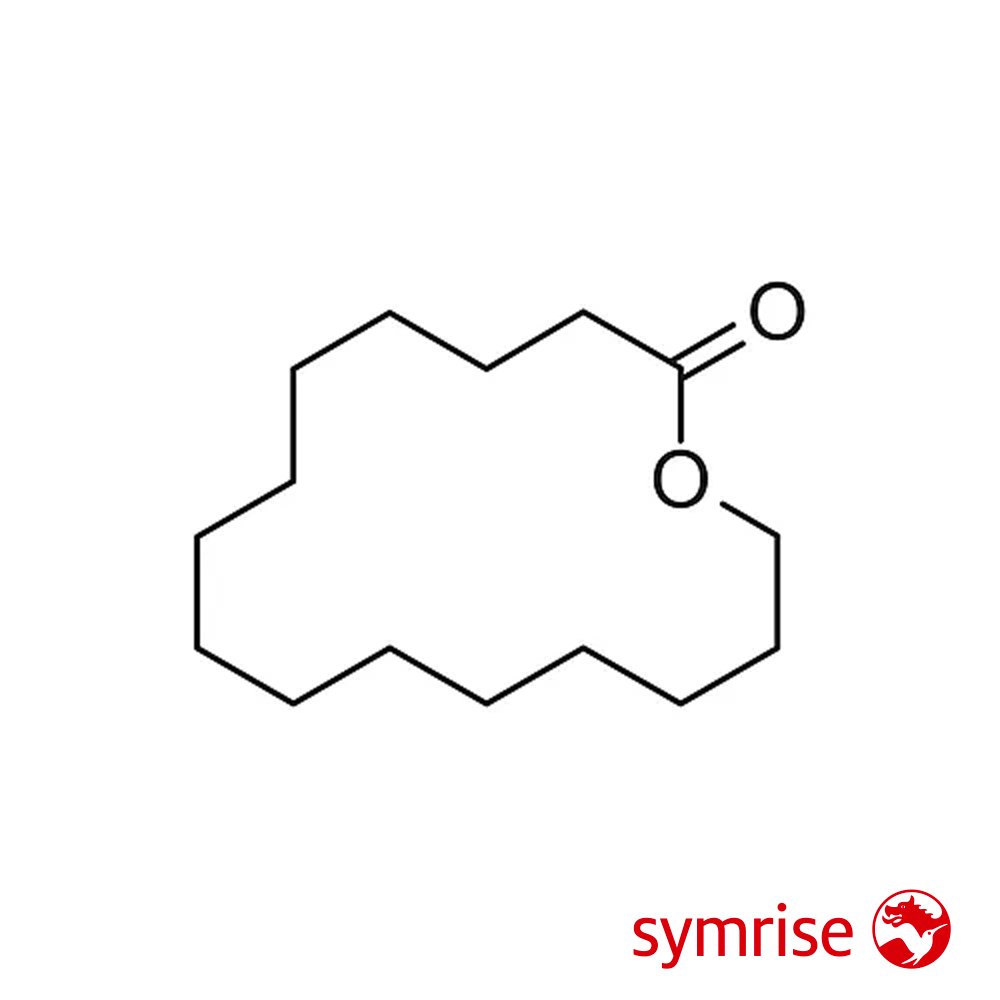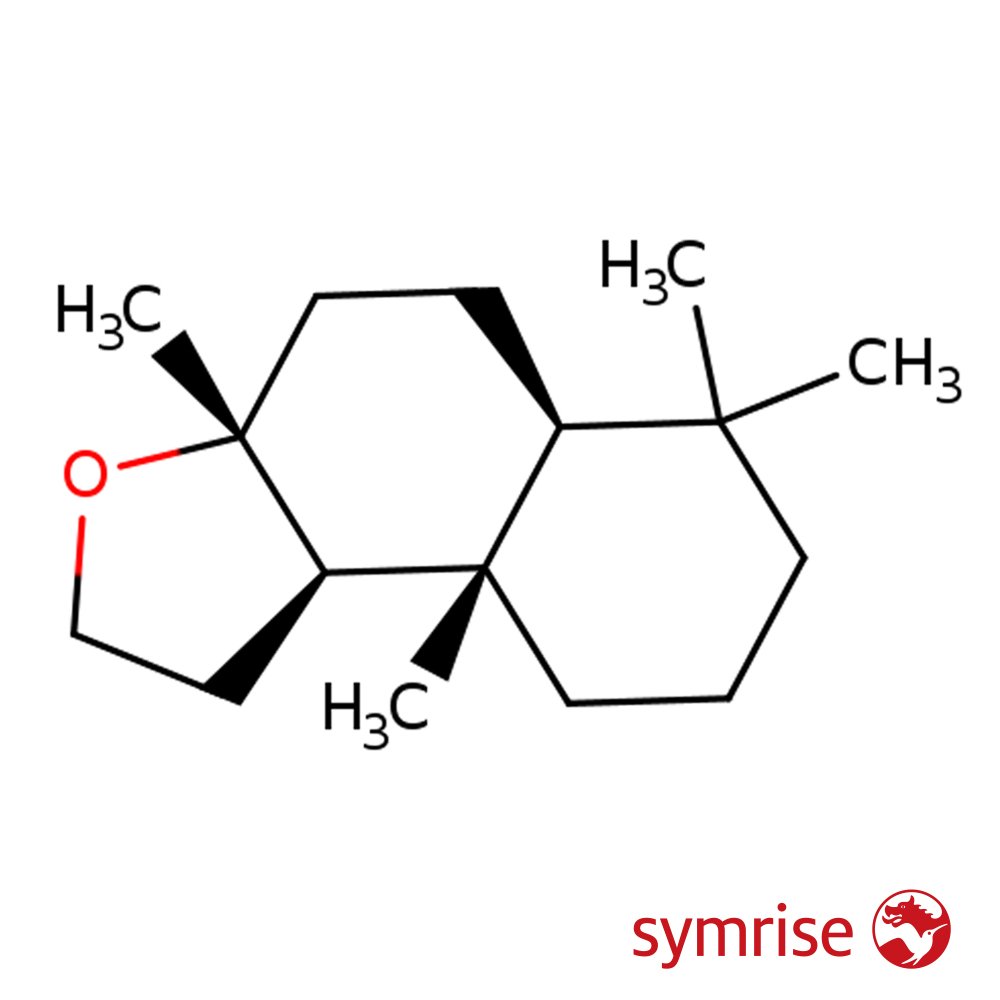Cedroxide ®
Premium Synthetic Ingredient for Perfumery
Cedroxyde is a synthetic fragrance compound developed by Firmenich in 1973. Structurally a bicyclic terpene ether, it delivers a dry woody-ambery aroma with medium strength and excellent tenacity. Its balanced blend of cedarwood, sandalwood, patchouli, and soft amber nuances makes it a key base note in modern perfumery. Cedroxyde imparts both warmth and structure, seamlessly grounding compositions in floral, chypre, oriental, and aromatic families.
It is widely used across fine fragrance, personal care, and functional applications due to its stability, complexity, and versatility.
Premium Synthetic Ingredient for Perfumery
Cedroxyde is a synthetic fragrance compound developed by Firmenich in 1973. Structurally a bicyclic terpene ether, it delivers a dry woody-ambery aroma with medium strength and excellent tenacity. Its balanced blend of cedarwood, sandalwood, patchouli, and soft amber nuances makes it a key base note in modern perfumery. Cedroxyde imparts both warmth and structure, seamlessly grounding compositions in floral, chypre, oriental, and aromatic families.
It is widely used across fine fragrance, personal care, and functional applications due to its stability, complexity, and versatility.
Premium Synthetic Ingredient for Perfumery
Cedroxyde is a synthetic fragrance compound developed by Firmenich in 1973. Structurally a bicyclic terpene ether, it delivers a dry woody-ambery aroma with medium strength and excellent tenacity. Its balanced blend of cedarwood, sandalwood, patchouli, and soft amber nuances makes it a key base note in modern perfumery. Cedroxyde imparts both warmth and structure, seamlessly grounding compositions in floral, chypre, oriental, and aromatic families.
It is widely used across fine fragrance, personal care, and functional applications due to its stability, complexity, and versatility.
Synthetic Ingredient Overview
🏭 Manufacturer: Firmenich
🔎 Chemical Name: (4Z,8Z)-1,2,2-Trimethyl-13-oxabicyclo[10.1.0]trideca-4,8-diene
🧪 Synonyms: Cedroxyde®
🧬 Chemical Formula: C₁₅H₂₄O
📂 CAS N°: 71735-79-0
📘 FEMA: Not applicable
⚖️ Molecular Weight: 220.35 g/mol
📝 Odor Type: Woody-Ambery (dry)
📈 Odor Strength: Medium intensity, long-lasting
👃🏼 Odor Profile: Dry, woody, and slightly sweet with amber, cedarwood, patchouli, and sandalwood notes; powdery and warm in character
⚗️ Primary Uses: Base note for woody, floral, oriental, and chypre compositions
🧴 Appearance: Pale yellow to yellow liquid
What is Cedroxyde?
Cedroxyde is a semi-volatile, oxygenated terpene derivative designed to replicate and enhance the dry, woody-ambery tones found in natural cedarwood and sandalwood oils. Its structure includes a bicyclic oxabicyclo ring system, conferring olfactory lift and diffusion while maintaining impressive base note longevity.
Introduced by Firmenich in the early 1970s, Cedroxyde was developed during a pivotal era for synthetic wood molecules — a response to the need for sustainable, stable alternatives to overharvested natural materials. It remains highly relevant in both classic and modern perfumery.
Olfactory Profile and Perfumery Applications
Cedroxyde contributes a refined, linear woody character with subtle amber sweetness and a velvety drydown. Its profile is elegant, with:
Top: Transparent, faintly sweet wood
Heart: Balanced cedar-patchouli warmth
Base: Powdery amber-wood fusion with soft depth
Used at 0.5% to 5% in fine fragrances, it anchors:
Floral compositions: Especially rose, jasmine, ylang — grounding without overwhelming
Orientals and ambers: Supports labdanum, vanilla, and resinous accords
Chypres: Complements mossy, earthy structures with a clean dry-woody counterpoint
Modern fougères and woods: Adds clarity and diffusion to vetiver or Iso E Super-based accords
Usage in Personal Care and Functional Fragrance
Cedroxyde is popular in:
Shampoos and soaps: Delivers a refined woody trace with good substantivity
Lotions and body creams: Enhances base complexity with low allergenic risk
Fabric care and air fresheners: Used at 1–3% for upscale woody ambiance
Its high oxidative stability and compatibility make it suited for challenging environments such as detergents and surface sprays, where woody character is desirable but difficult to retain.
Physico-Chemical Properties
Molecular Weight: 220.35 g/mol
Boiling Point: 289–290 °C at 760 mm Hg
Flash Point: >100 °C
Specific Gravity: 0.969 – 0.979 (at 20 °C)
Refractive Index: 1.504 – 1.508 (at 20 °C)
Solubility: Oil-soluble; stable in alcohol and typical fragrance solvents
Regulatory and Safety Overview
IFRA: Not currently restricted; use according to typical category limits
EU Allergens: Does not contain declarable allergens under 2003/15/EC
ECHA Classification:
H315: Causes skin irritation
H411: Toxic to aquatic life with long-lasting effects
Handling Advice: Avoid contact with eyes and prolonged skin exposure. Avoid release into the environment.
Storage: Store in airtight container, away from light and heat
✅ Cedroxyde is considered stable, safe, and highly functional when used within recommended concentration ranges.
Additional Notes and Formulation Tips
Fixative Synergy: Cedroxyde is particularly effective when paired with benzoin, labdanum, or coumarin to reinforce warmth and fix volatile materials.
Enhancer for Citrus: It grounds top-heavy citrus accords (e.g., bergamot, grapefruit) without muddying the composition.
Ambergris Alternatives: Can support ambergris-style accords when blended with ambrettolide or ambroxan.
💡 Formulator’s Insight: Cedroxyde’s subtle powdery facet allows it to extend musky or lactonic drydowns without becoming creamy — ideal for dry, modern woody ambers.
Sources
Firmenich Ingredient Archive – Cedroxyde Development
The Good Scents Company – CAS 71735-79-0
Vigon International SDS – Cedroxyde
Fulvio Ciccolo, Scentspiracy Research Notes (2022)
Perfume Formulation Studies – Scentspiracy Blending Archive







